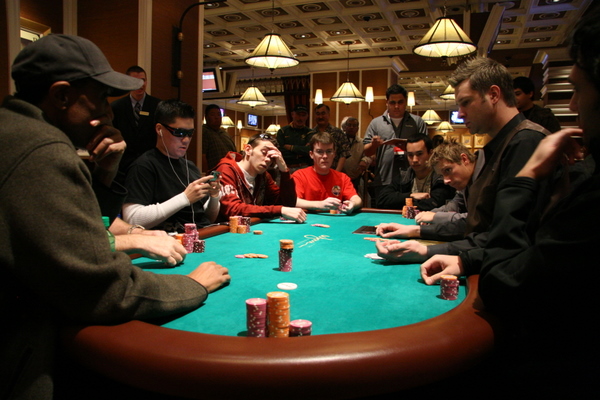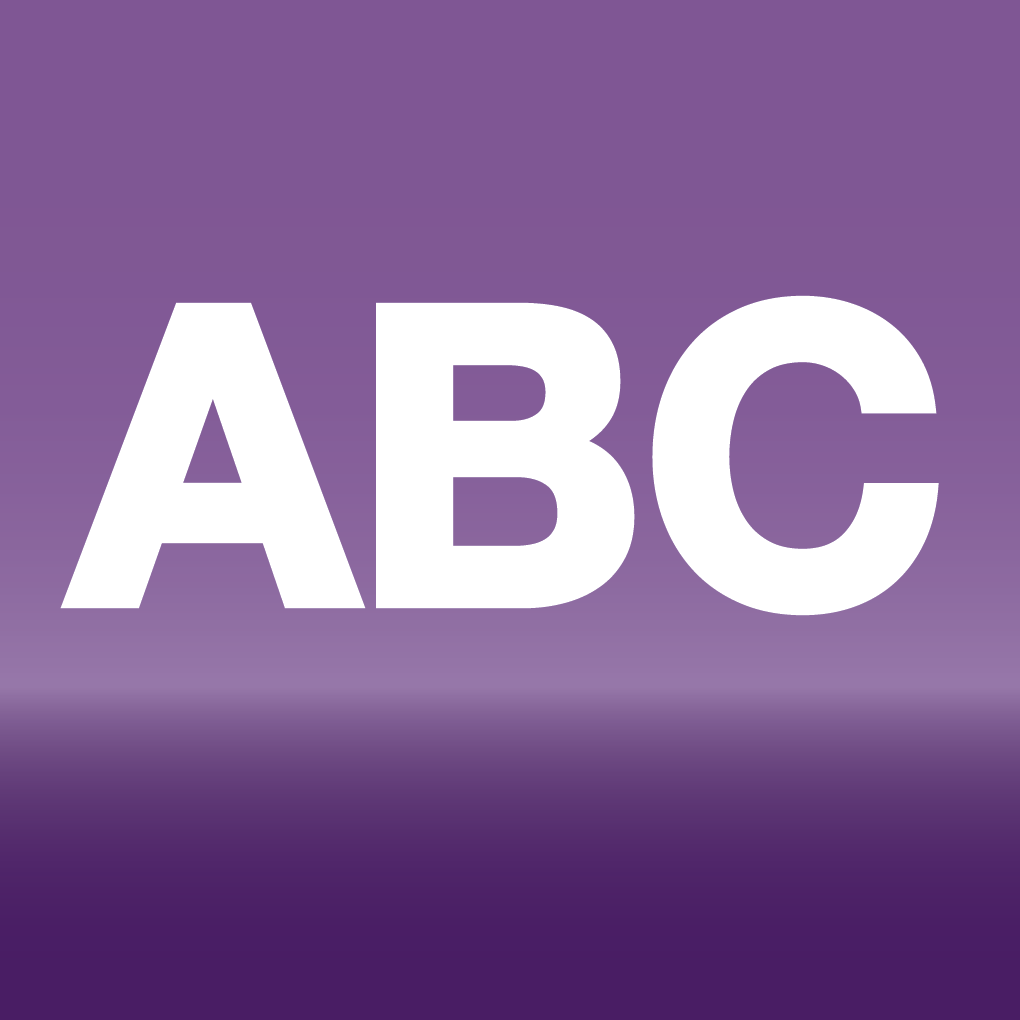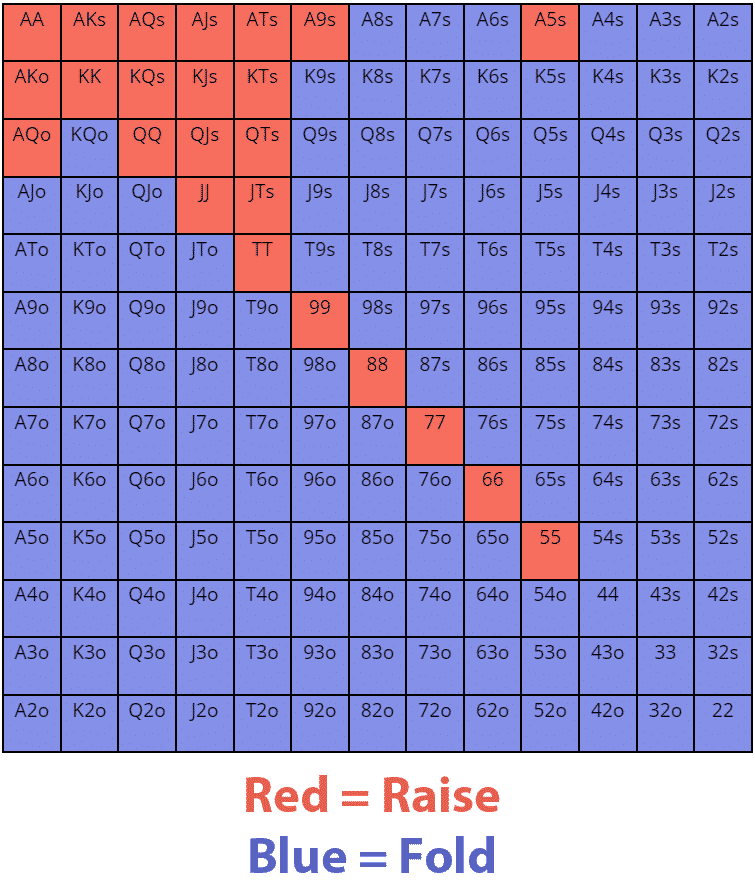Big Tournament Poker Strategy
Play The Right Starting Hands. Whether it be lack of patience, or an unfamiliarity. For a Limited Time, you can get a PokerCoaching Membership for over 60% off, check out: hope you enjoy the quizzes through. Getting through the Beginning, Middle & Late Stages. All poker tournaments have a beginning. It’s been over 15 years since Harrington’s first tournament poker books were published, and it shortly became a sort of the MTT bible of poker players of the time. Many big tournament winners learned the essential concepts by reading those books. The best tournament poker strategy is to recognize the three stages of any poker tournament and to have a distinct tournament poker strategy for each of the vital crunch times during a poker tournament. There are two approaches you can use when playing the early stages of a poker tournament. The first is the conservative approach. This will require you to play tight, buckle down,.
With a 100 big blind effective stack, you open-raise to 3bbs in the Cutoff seat and get called by the player in the Big Blind.
This scenario shows a common spot where you are in position against a tough opponent in the Big Blind on the flop after you were the preflop aggressor.
Against a less-skilled opponent automatically c-betting a standard size is often the best play. These types of opponents are less likely to put pressure on your c-bets by making moves on the flop.
Against tougher players you’ll need to focus on board texture to determine the best continuation bet sizing and identify flops where checking behind will be the best play. Generally you can use smaller c-bet sizes on dry, static flops that don’t have many equity changing turn cards. For example, larger c-bet sizing is not required on a flop of rainbow.
On more coordinated boards that still favor you as the raiser, such as with a flush draw, you can use a larger c-bet sizing.
Tough opponents will have robust check-raising ranges as part of their overall Big Blind Defense strategy, so be aware of not over folding hands with too much equity when your c-bet gets check-raised.
You will often be put to tough decisions with marginal hands, with the correct decision often coming down to understanding the effects of blockers. If you hold cards that interfere with your opponent’s ability to have strong hands, you should be more likely to call down in the hand. If your cards interfere with their ability to have bluffs, you should be more likely to fold.
Related: LearnWPT Announce Player-First Educational Program with partypoker US Network
For more GTO hand analysis, you can play through five solved random hands from this situation.
To access the free five hands, visit this page.
Regular play on the WPT GTO Trainer will help you adjust your decisions closer and closer to GTO strategy.

You don’t have to be the world’s best player to use GTO Strategy, and thanks to the WPT GTO Trainer, now you don’t have to buy expensive software or have expert level knowledge to study GTO.
Why use the WPT GTO Trainer?
The WPT GTO Trainer lets you play real solved hands against a perfect opponent in a wide variety of postflop scenarios for cash game and tournament play.
If your goal is to be a tough poker player then you should try the WPT GTO Trainer today.
Register a free account here (it only takes your e-mail address to begin) to play hands and see true GTO strategy in real-time.
The WPT GTO Trainer has over 4 billion unique solved flops, turns and rivers that are fully playable.
As you make decisions in a hand, you receive instant feedback on the specific EV loss (if any) and Played Percentage for every action you take as compared to GTO strategy.
Big Tournament Poker Strategy 2019
The full selection of scenarios for the WPT GTO Trainer are only available to members of LearnWPT, however we’re giving PokerNews Readers free access to the Trainer on a regular basis with the WPT GTO Hands of The Week.
Use this series of articles to practice the strategies you learn on LearnWPT (or at the table) and test your progress by playing a five-hand sample each week.
Poker Tournament Strategy
Whether you’re playing micro stakes tournaments or the Sunday Million – you need to know what you’re doing to have a chance at winning. That seems obvious right? But trust me, there are too many players entering tournaments with no clue. That’s great news for you though cos it mean’s poker is not dead, despite what you hear. This article is going to give you with eight poker tournament strategy tips that can be used to increase your ITM rate, final tables and wins.
1: Don’t Stop Stealing the Blinds
Tournament poker regs seem to nit it up and count on making it deep with premium hands. Don’t be one of them. Stay active, keep stealing the blinds from late position and don’t give up. A lot of poker sites are advocating the slow down approach but that’s what your opponents want. Regs are playing too many tables, not paying enough attention and missing profitable spots to steal the blinds. Tournament poker will always reward those who are able to consistently steal blinds and keep their stack alive. The fact that people are defending their blinds loosely should not make you fold more often in late position. Why? You have position. You have the advantage in a hand, even if your hand is weaker. Never forget that.

2: Pre-Flop Bet Sizing
Consistency is very important when it comes to raising pre-flop. It’s fine if you want to make it 2.5x then stick with that. Please don’t change it based on hand strength. It’s 2020 and even the most basic of poker players will notice and instantly tag you. If you are a poker training video membership member, you’ll know my preference re’ pre-flop bet sizing but I will re-iterate it here non-members.
Early Position Min Raise
When I’m raising from early position, I lack information on the rest of the table. I want to open raise if I play but I also want to steal cheaply and/or keep the pot smaller against my opponents that flat in position. I also have no problem with it folding to the big blind and them calling a min raise. In fact, I welcome it. I will have position, a better hand and have increased the pot a little. My hand range is likely to be stronger than theirs and I have the pre-flop aggression.
Middle Position 2.2x

With fewer opponents behind us, I am happy to increase the sizing a bit and play a slightly bigger pot against the blinds. I don’t want to raise too much as I am still potentially acting first post-flop if someone in position calls. I am also dissuading the blinds to call which is no bad thing in tournaments. I am likely to have a wider range from here so I have no problem with them just folding.
Late Position 2.5x
This may seem counter intuitive to some. Why raise more with a wider range? I want to play bigger pots when I have positional advantage. Sure, sometimes I will be light but sometimes I will be strong too. I want to charge the blinds more than the minimum to play against my wider range. By making it 2.5x I am also protecting myself against 3 bet bluffs a little more. Consider a min raise from the button. The big blind is far more likely to 3 bet bluff that than a bigger raise.
Notice that my pre-flop raise size changes based on position NOT on hand strength. I am staying logically consistent raising 2.5x from late position with A-A, 7-8 and K-6s.
3: Defend The Big Blind
Everyone and their dog are loving the small ball approach these days. The standard small raise is popular and with good reason – it works. One of the results of this is that you have to defend your big blind more. It means calling raises with hands you won’t necessarily want to but pot odds and solid poker tournament strategy dictate you must. Let’s look at a quick example to illustrate this.
Blinds – 600/1,200 (antes 120)
Player A- 42,500
You – 36,900
It folds to Player A on the button. He is a capable tournament player. He raises to 2,500. The small blind folds and the action is on you. Before even looking at your hand, let’s do some quick poker maths.
The pot is 5,380 (1,080 antes + 1,800 in blinds + 2,500 raise).
It costs 1,300 to call the raise.
We need 24.2% equity to call (1,300/5,380).
As you can see, we need defend pretty wide in this spot. Few matchups in Texas Hold’em have hands greater than 76% equity. There are additional factors like effective stack sizes and calibre of opponent to consider of course. But a capable player will defend wide here as we can ill afford to fold many hands when we offered these odds. If you win the pot greater than 1 in 4 times post-flop, it’s profitable to defend.
4: 3 Bet with 30 bbs +
Tournament poker is often playing shorter stacks and less “poker” playing but that doesn’t mean you must play shove or fold poker. You don’t want to 3 bet bluff with short effective stacks cos it means the 4 bet from your opponent will always be all in. With slightly deeper stacks though (30 bbs+), you can afford to 3 bet bluff and take away a lot of pots. Poker tournament strategy is usually to attack short stacks. Screw that, 3 bet bluff the bigger stacks. I find that the big stacks are just as protective as the shorter stacks, if not more. It also means you can potentially get the last bet in if they decide to 4 bet. Good spots for 3 betting are when the raise has come from middle or late position.
CAUTION – Avoid 3 bet bluffing when they are raising from under the gun or UTG +1 as their range is likely to be tighter.
5:Learn Continuation Bet Strategy
This article is dedicated to poker tournament strategy, not continuation betting but the fact is, c betting is an important part of tournament poker. You need to understand which boards favour your perceived range and what favours your opponent. A lot of players waste chips throwing out foolish continuation bets. You need to appreciate board texture, number of opponents and stack sizes when choosing whether to continuation bet or not. If you want more help with continuation betting, take a look at our course. It’s the most in depth c-bet course anywhere.
6: Isolate the Limper(s)
An oldie but goody – the iso raise. Raising over a limper or limpers is still a very profitable play. It’s crazy to think there are still players that adopt this limp in mentality, but it’s great for us. If people want to try and limp into the pot with pocket 3s or A-9 offsuit, that’s fine, we will take their blinds all day. In some scenarios, it may seem prudent to over-limp but most of the time, just raise it 4x and win it. If they call, you can often just win it with a flop bet anyway. It’s a great way to build a stack in tournament poker and is also good for your table image. This might help you get paid later in the tournament.
7: Practice Heads Up Poker
Many tournaments end in deals being done but what if yours doesn’t? What if you’re against a tough player or someone unwilling to deal. You need to know how to play 1 on 1. After all, if you want to win the tournament you have to beat the last opponent. Heads up is a great poker format. Some basic heads up tips are below:
- Raise every button
- Bet most flops
- Check raise more
- Bluff catch 2nd pair down
- Stay on top of your opponent, don’t let up
- Don’t show bluffs
8: Join Poker Training Video Membership
I hope you enjoyed this article on poker tournament strategy tips for 2021 and beyond. A final tip is a little plug for our training videos. If you enjoyed this article and would like to learn more, you can. By joining as a member you can gain access to almost 1,000 minutes of poker training videos. I give more tips, secrets and advice beyond this article. You can see how I play tournaments, cash games, SNGs and strategy lectures designed to help members make money.
Big Tournament Poker Strategy

The price of membership is only £49.99 for 1 year. You can join by clicking below or clicking the banner below for information. Once you’ve paid for membership, you will be sent your personal login details within 24 hours.
Become a Poker Training Video Member
Featured Image by Henryk Niestrój from Pixabay